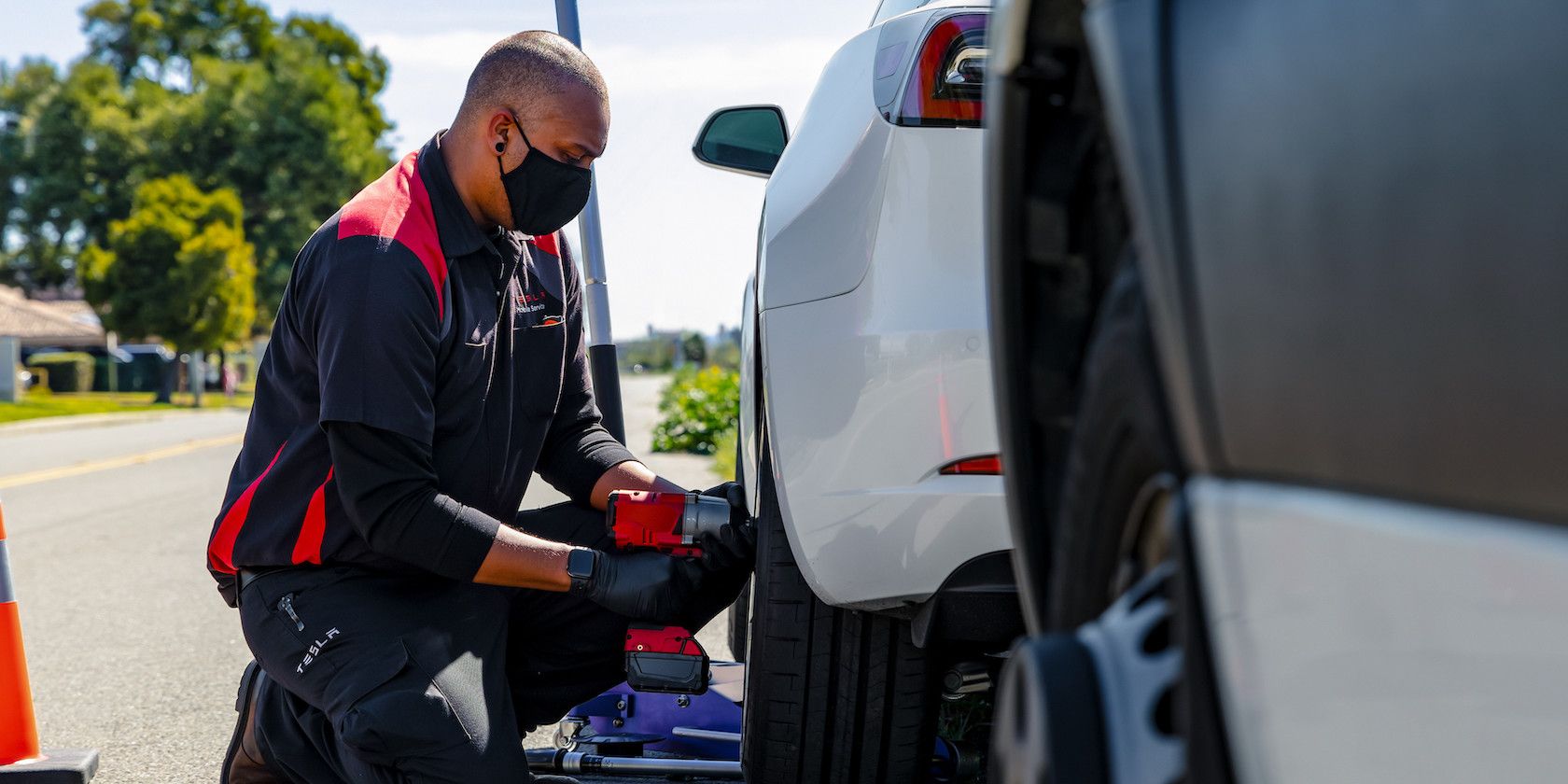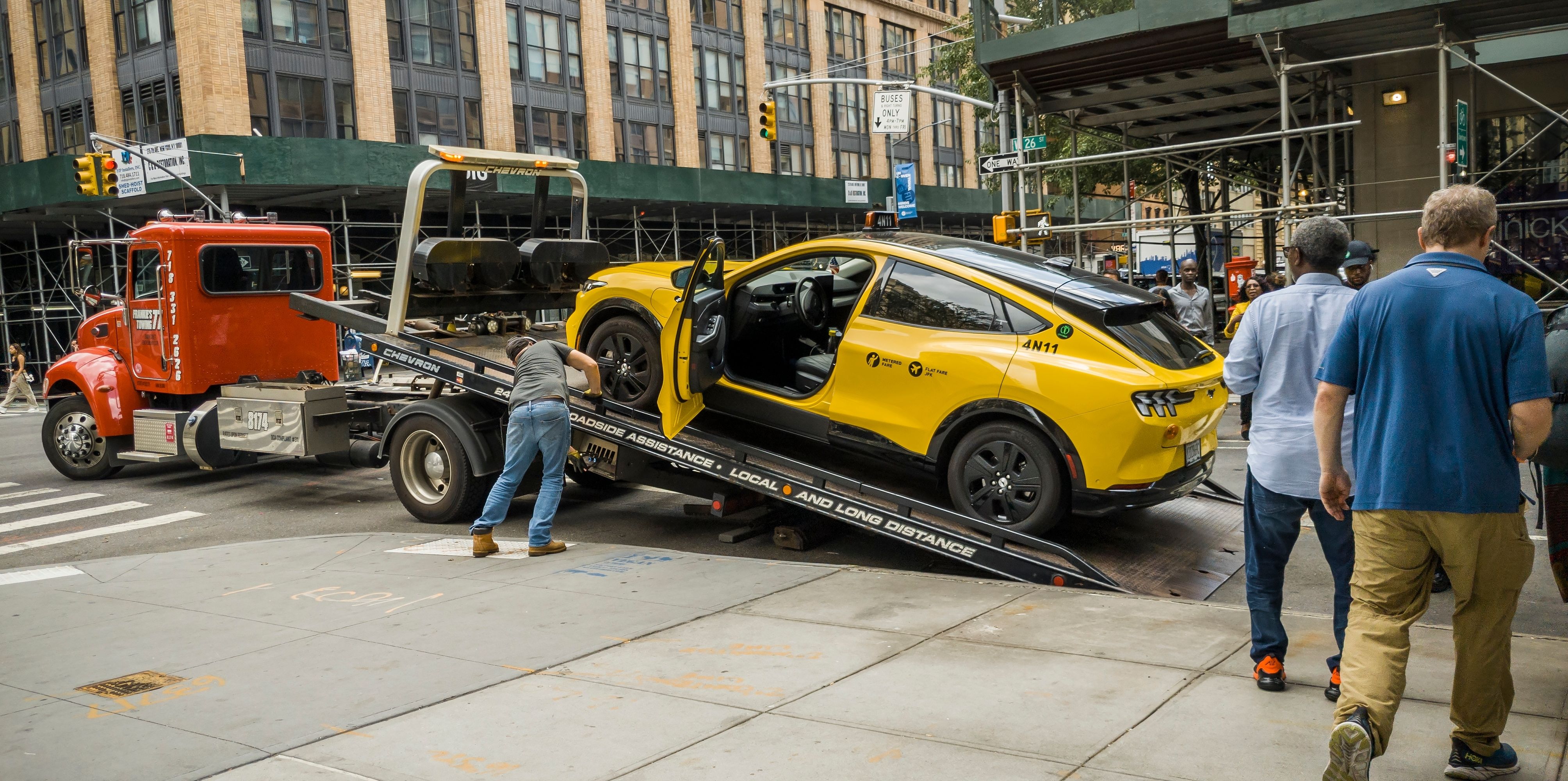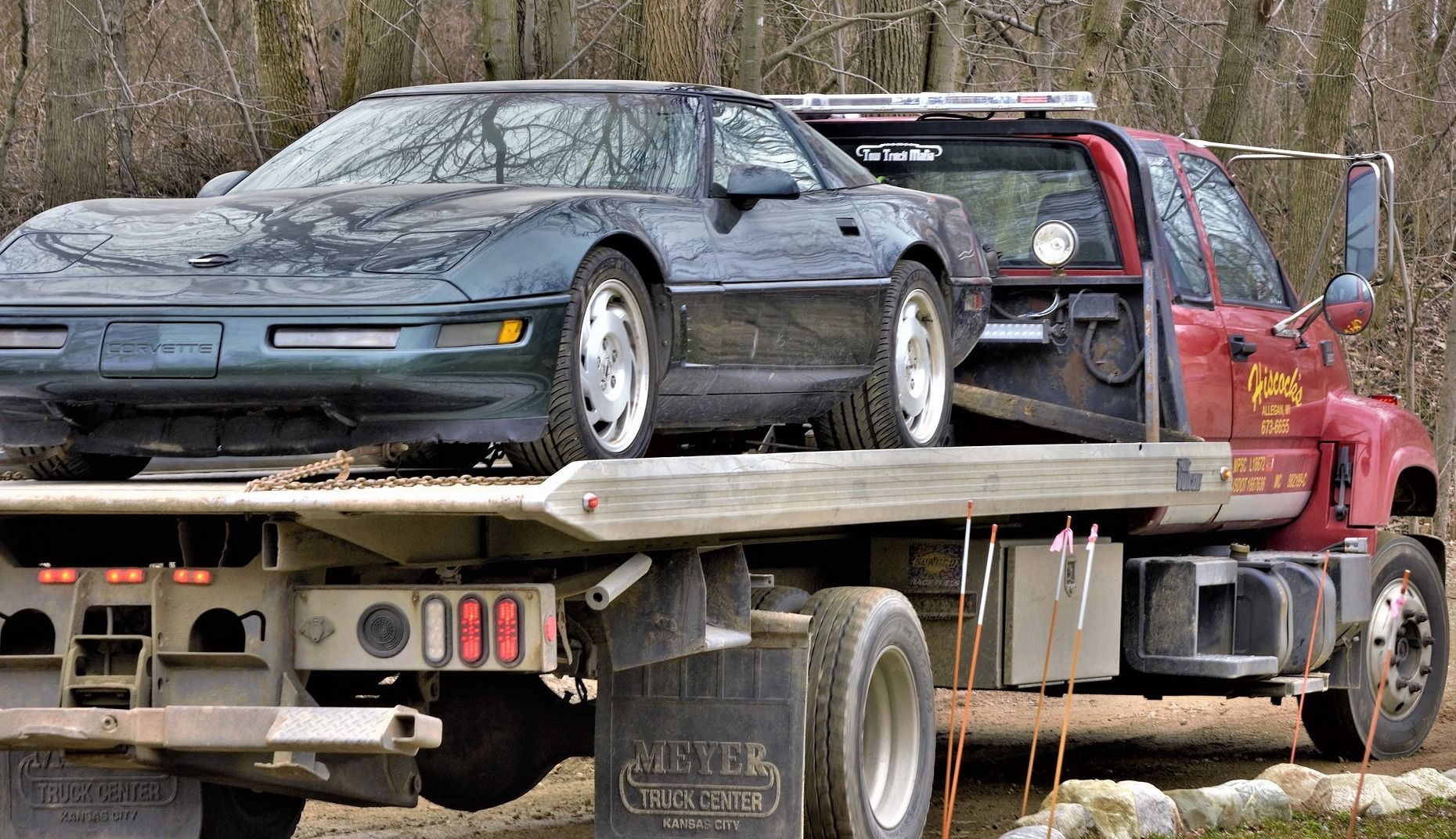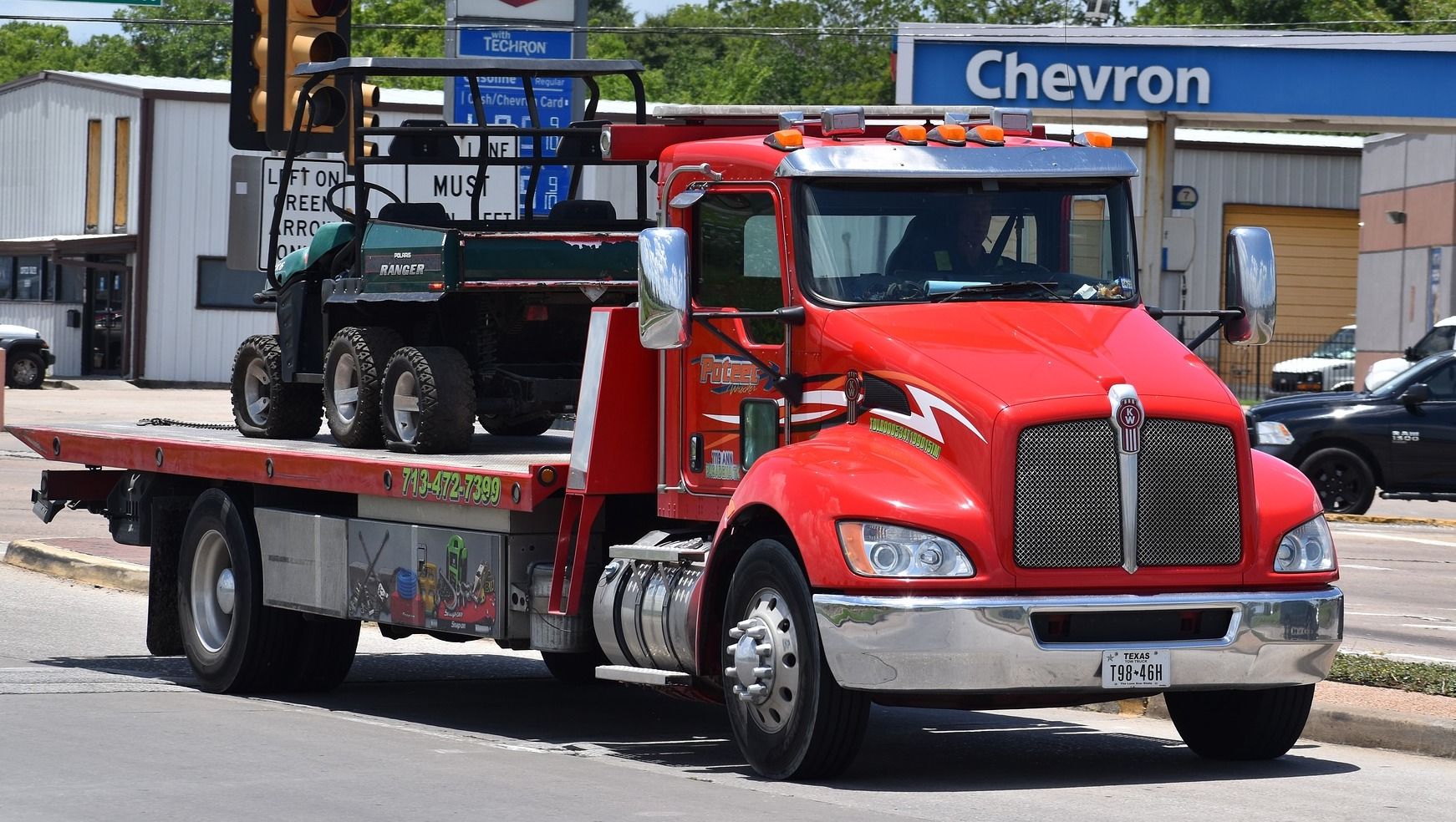Even though electric vehicles (EVs) don’t require as much maintenance as ICE (internal combustion engine) vehicles, any car can ultimately leave you stuck on the side of the road. If the time comes to tow your EV, keep in mind that you can't treat your battery-powered vehicle like a regular car.
Here are our tips for getting that stranded EV off the side of the road without causing any damage to its motors or drivetrain components.
Can You Tow an EV?
Yes, you can tow an EV, though it's not as simple as you might think. EVs are still a fairly new technology, so working on these vehicles might seem daunting to many owners. The good news is that you can still find the help you need if your car breaks down.
This shouldn't be a common problem because one of the advantages of owning an EV is reliability due to the simplicity of the drivetrain. But it's still a machine that can break, and you should be prepared if it happens to you.
This is a scary situation to be in and many factors could end up being the culprit. Perhaps your EV got a flat tire, or maybe the battery ran out of charge, or something else failed.
Regardless, if you need to get your vehicle to a garage, it's important that you don't try to improvise. The first thing you should do is consult the owner's manual and verify what the correct towing instructions are—this greatly reduces your risk of further damage.
How Is Towing an EV Different From Towing a Regular Car?
Electric motors have many advantages over ICEs, but it's unlikely you'll find a local roadside mechanic that'll fix your broken Tesla on the fly. As EV adoption grows, more qualified mechanics will begin working on EVs. In the meantime, the safest bet is to have your EV transported to a manufacturer's service center whenever any kind of mechanical issue arises. Or you can reach out to your automaker's roadside assistance program.
Towing an EV is not the same as towing an ICE vehicle; for starters, the latter doesn't have an electric motor. When the time arrives to tow your vehicle to a safe location, it's therefore important to follow your EV manufacturer's guidelines when getting ready to mount the car on the transport. The Tesla Model 3 manual, for instance, instructs to keep the Model 3's tires from touching the ground during the towing process, and it will be the same with many other EVs.
This is dangerous because the vehicle's electric motors generate power when the wheels are spinning—this is also the basic principle behind regenerative braking. Even if your car has a neutral mode, chances are the motor remains connected to the wheels. Therefore, it's imperative that the tires never touch the ground while the vehicle is being towed.
If you notice that the tow truck driver doesn't know what they're doing or is refusing to follow the proper towing instructions, ask them to stop. It's not worth damaging your EV beyond repair just to get out of a frustrating situation quickly.
What Should You Tow an EV With?
Although there are situations when you might be forced to use tools like dollies to transport an EV using a conventional tow truck, the best bet is usually to go with a flatbed truck. For example, Tesla recommends using a flatbed tow truck to move its Model 3. This makes sense because flatbed trucks allow the wheels to remain stationary during the transport process.
If the vehicle must be transported without a flatbed truck, Tesla says it's vital to ensure wheel lifts and dollies are utilized so that all the wheels are off the ground. This method can only be used for short distances. Tesla says the vehicle should be aligned facing forward, so the rear wheels are supported by the dollies while the front wheels are off the ground. In this arrangement, all four wheels are safely avoiding any contact with the ground.
Tesla also advises owners to enable Transport Mode before winching the vehicle onto a flatbed truck, and it's crucial that the tow truck driver is aware of this. If your EV runs out of battery and is unable to access this functionality, Tesla recommends using self-loading dollies (or tire skates), all in the name of keeping the wheels from spinning.
Towing EVs Requires Preparation
It's just as important to be aware that not only is the process of towing an electric vehicle different compared to a regular car, but it also differs from one EV to another.
EVs as mainstream transport are relatively new, so a learning curve is normal for owners and tow truck drivers alike. Eventually, as more electric vehicles begin to populate the roads, more EV-certified mechanics (and tow truck drivers) will become available.




